The music video for “Sto Bene” by Il Cartello and Enéri is a captivating and emotional piece that explores the ups and downs of life and the power of resilience. Released on January 28, 2022, the video has quickly gained popularity among fans of Italian hip-hop and rap music.
The video features Il Cartello and Enéri in a variety of settings, including a desolate industrial landscape, a crowded street market, and a lush forest. Throughout the video, the artists perform their verses with passion and intensity, conveying a sense of strength and determination in the face of adversity.
The song’s lyrics touch on themes of perseverance, self-confidence, and the importance of mental health. Il Cartello and Enéri address the struggles and challenges that we all face in life, from financial difficulties and relationship issues to mental health problems and self-doubt. They emphasize the need to stay positive and focused on our goals, no matter what obstacles we may encounter along the way.
The visuals in the video are equally powerful and striking. The desolate landscape and crowded marketplace serve as a metaphor for the difficulties of everyday life, while the lush forest represents the potential for growth and renewal. The video’s use of color, lighting, and camera angles creates a sense of tension and drama, capturing the intensity of the artists’ performances.
Overall, the “Sto Bene” music video is a poignant and inspiring work of art that speaks to the challenges and triumphs of the human experience. Il Cartello and Enéri’s powerful lyrics and passionate performances, combined with the stunning visuals of the video, make for a truly unforgettable viewing experience. Whether you’re a fan of Italian hip-hop or simply appreciate great music and art, “Sto Bene” is definitely worth checking out.
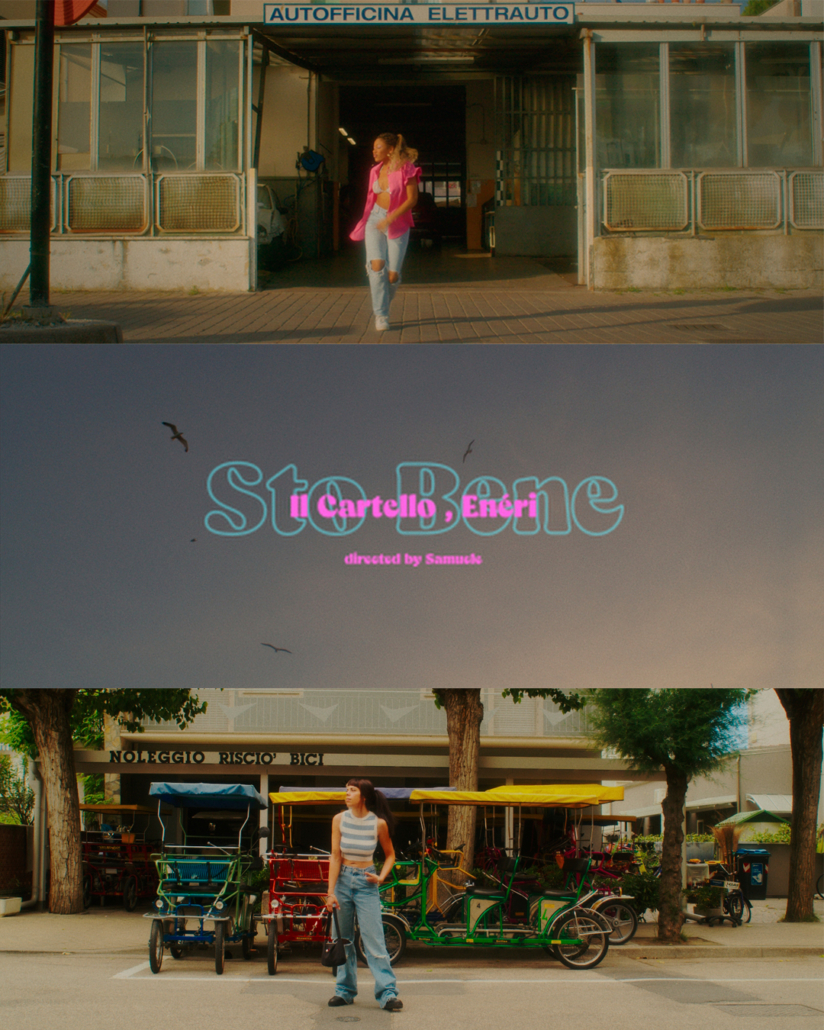

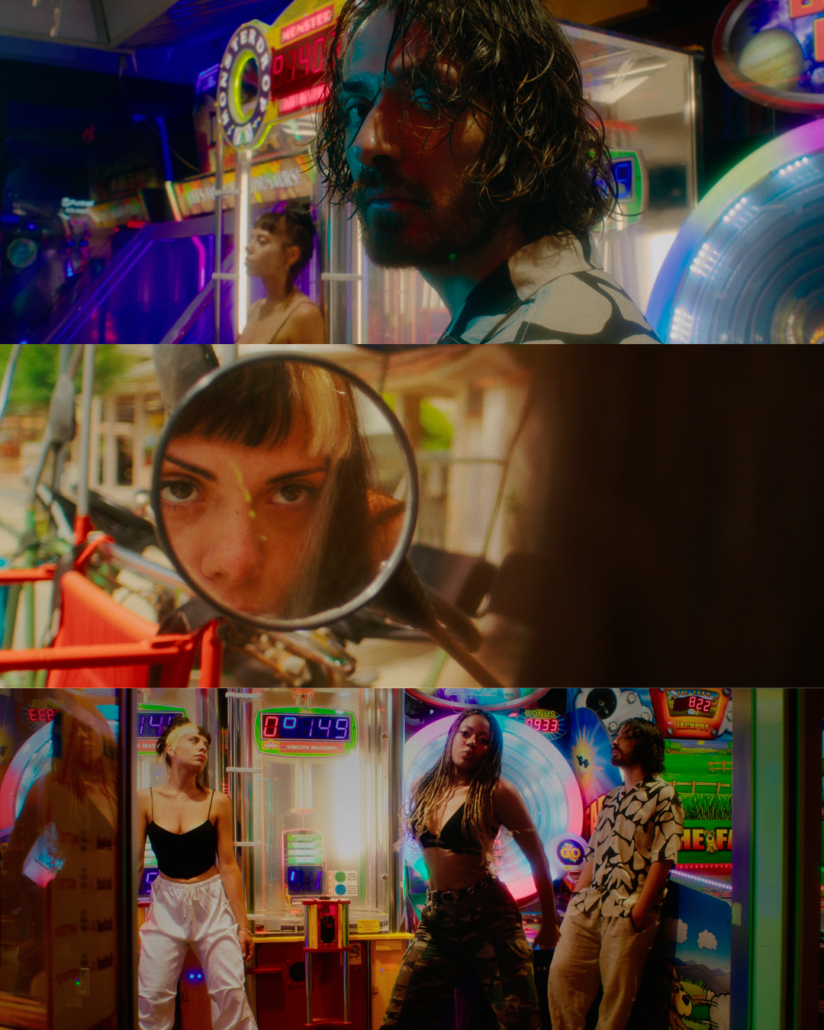
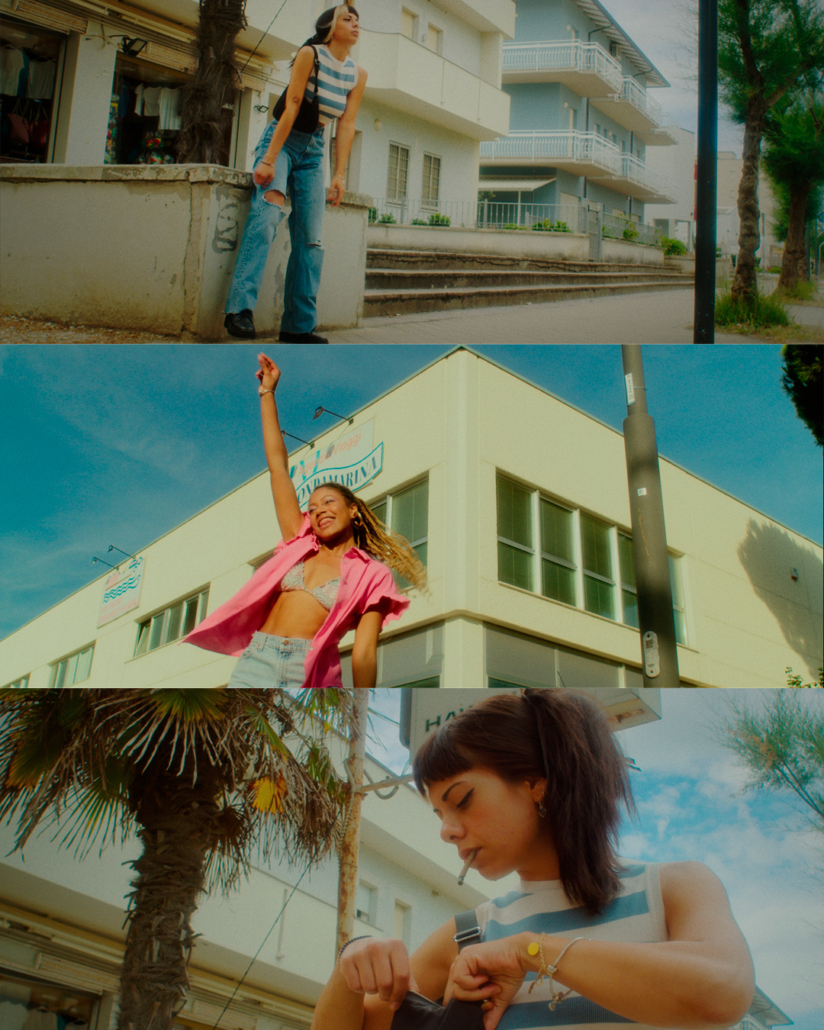

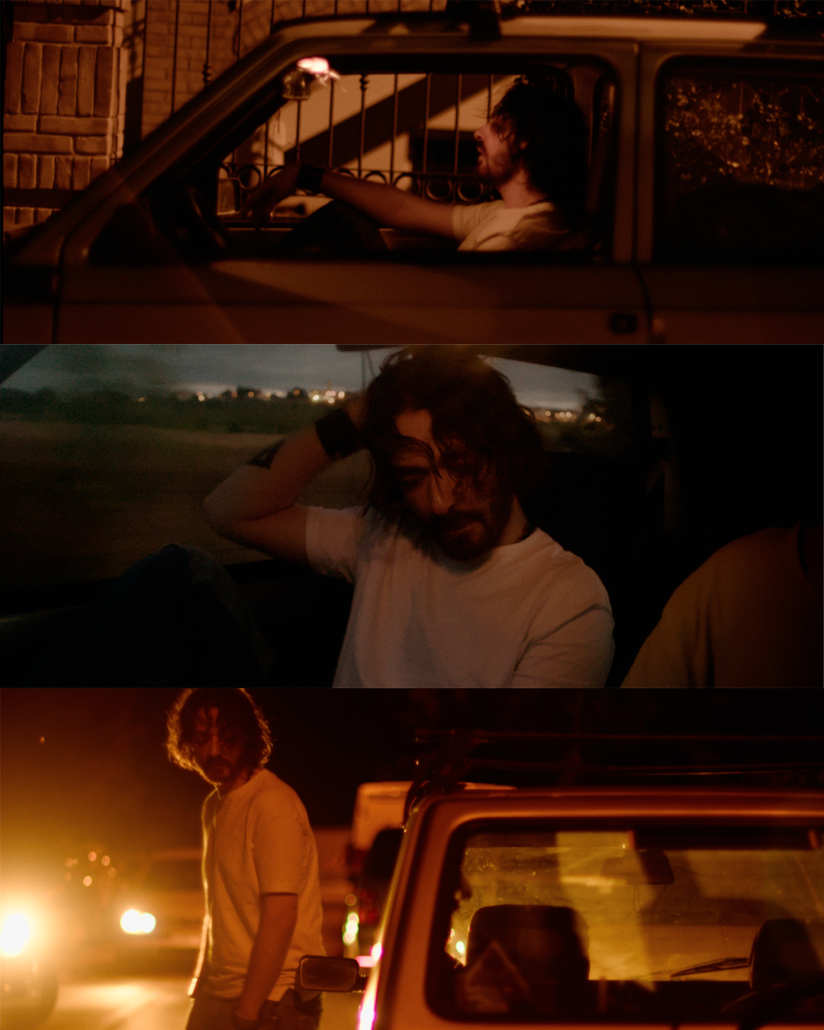
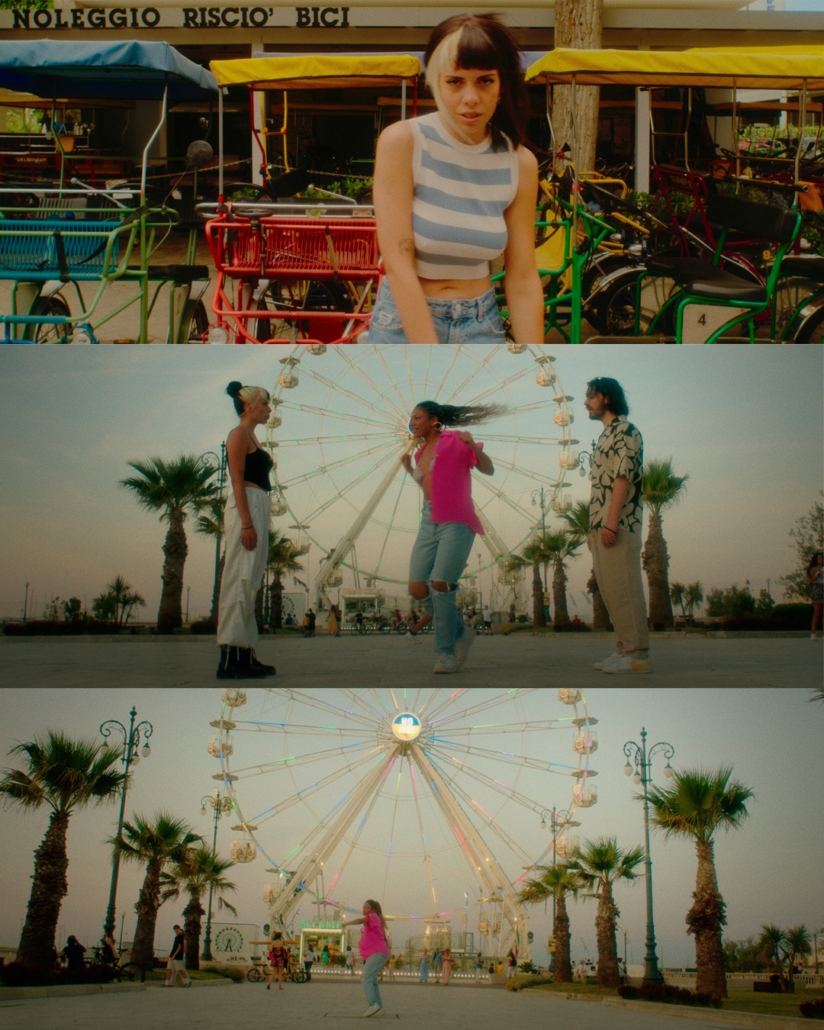
Lenses used:
Mostly the Nikon 20mmf2.8 Ais.
The Nikkor 20mm f2.8 AIS lens is a wide-angle manual focus lens produced by Nikon. It was introduced in the 1980s as an update to the previous Nikkor 20mm f/3.5 AI lens. The lens is designed for Nikon’s F-mount cameras and is compatible with both film and digital cameras that use the F-mount.
One of the most notable features of the Nikkor 20mm f2.8 AIS lens is its wide-angle focal length of 20mm, which makes it ideal for landscape, architecture, and interior photography. The fast maximum aperture of f/2.8 allows for shooting in low light conditions, and also provides a shallow depth of field when desired.
The lens is constructed with 12 elements in 9 groups, including two aspherical elements to reduce distortion and spherical aberration. It also features Nikon’s Close Range Correction (CRC) system, which corrects for spherical aberration and other optical errors at close focusing distances.
The lens is built with a metal body, and the focusing ring is smooth and precise, making it easy to focus manually. The lens also features a built-in lens hood, which helps to reduce lens flare and protect the front element from damage.
Overall, the Nikkor 20mm f2.8 AIS lens is a well-regarded wide-angle lens that offers excellent optical performance and build quality. Its wide-angle focal length, fast maximum aperture, and close focusing ability make it a versatile lens that can be used in a variety of situations.
And in a few shot the Nikon 50mm f1.2 Ais.
The Nikkor 50mm f1.2 AIS lens is a manual focus prime lens designed for Nikon’s SLR and DSLR cameras. It was first introduced in the 1980s and is still highly regarded by many photographers today.
One of the most notable features of the Nikkor 50mm f1.2 AIS lens is its large maximum aperture of f/1.2, which allows for very shallow depth of field and excellent low light performance. This makes it an ideal lens for portrait photography, as well as for low-light situations such as indoor events or night photography.
The lens also has a classic look and feel, with a sturdy all-metal construction and smooth focus and aperture rings. Its optical design includes seven elements in six groups, with multicoated glass to reduce flare and improve contrast. This results in sharp, high-quality images with a pleasing bokeh.
One thing to note about this lens is that it is a manual focus lens, meaning that you will need to focus the lens yourself using the focus ring. While this can take some getting used to, many photographers prefer the level of control and precision that manual focus provides.
Overall, the Nikkor 50mm f1.2 AIS lens is a high-quality, classic lens that is well-suited for a wide range of photography styles and situations. While it may not be the most versatile lens out there, its fast aperture and beautiful optics make it a popular choice among many photographers.
As an experienced professional, Samuele knew that his choice of camera, lenses, and shooting technique would be critical to achieving the desired result.
Camera:
Samuele opted for the Blackmagic Pocket 6k as his camera of choice for this project. This camera is well-known for its exceptional low-light performance, making it the perfect choice for filming a music clip in a dimly lit environment. And mantening the Braw work flow.
Lenses:
Nikon, Nikkor 20mm f2.8 Ais and nikkor 50mm f1.4 Ais
Shooting technique:
Samuele employed a variety of shooting techniques to capture the music clip. He used handheld shots to add a sense of movement and energy to the footage, while also utilizing a gimbal to capture smooth, stable shots of the performers.
In addition, Samuele used a variety of camera angles to add interest and variety to the footage. He shot from low angles to capture the performers’ perspective and from high angles to capture the overall scene. He also experimented with framing and composition to create visually striking shots.
Throughout the shoot, Samuele was constantly experimenting and trying new techniques to achieve the desired effect. He paid close attention to the lighting and used it to his advantage, creating moody and atmospheric shots that perfectly complemented the music.
In conclusion, Samuele’s choice of camera, lenses, and shooting technique played a crucial role in the success of the music clip. His careful selection of equipment and attention to detail helped him to capture the energy and atmosphere of the performance, creating a stunning visual representation of the music. His dedication to his craft and willingness to experiment and try new techniques set him apart as a talented and skilled filmmaker.





